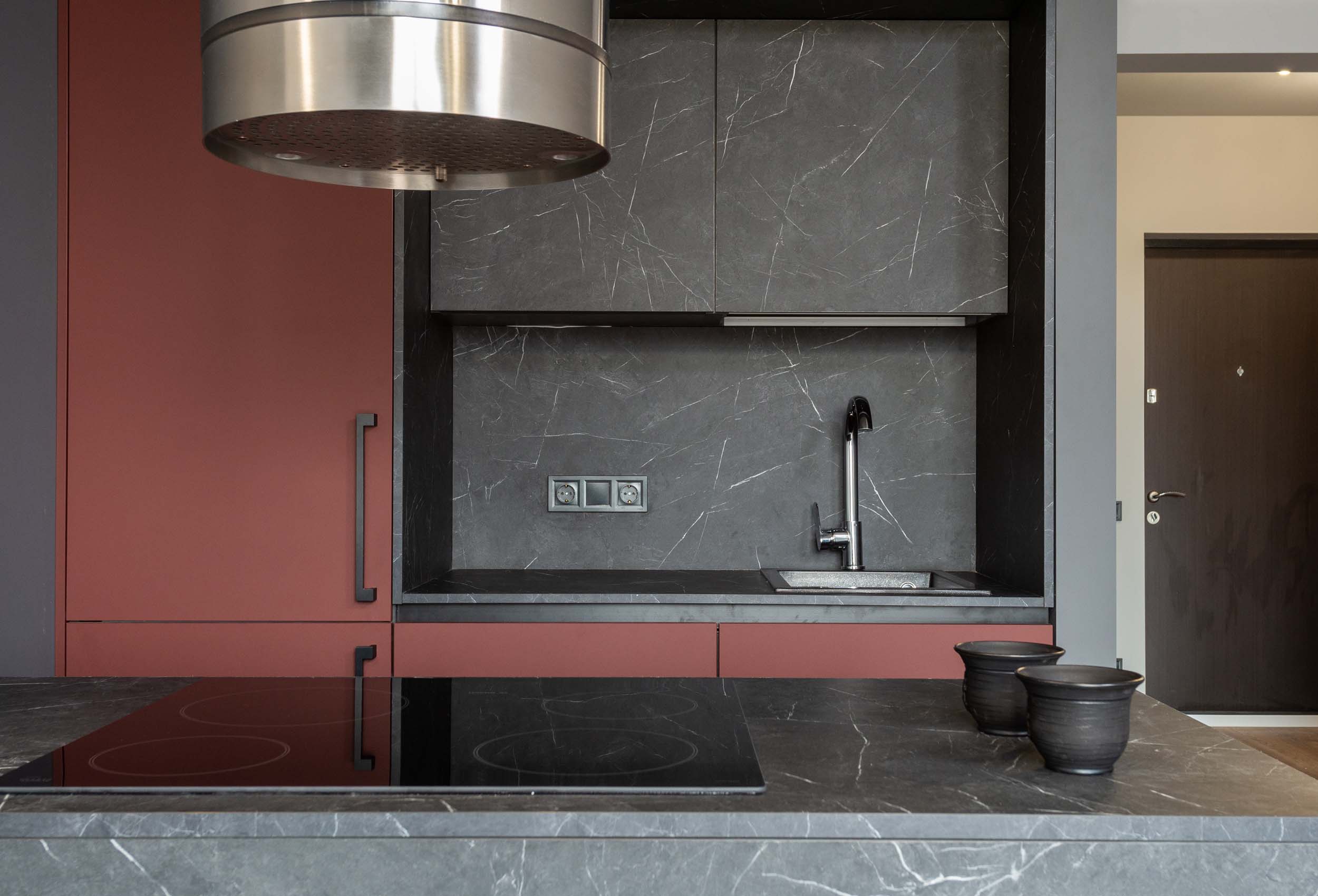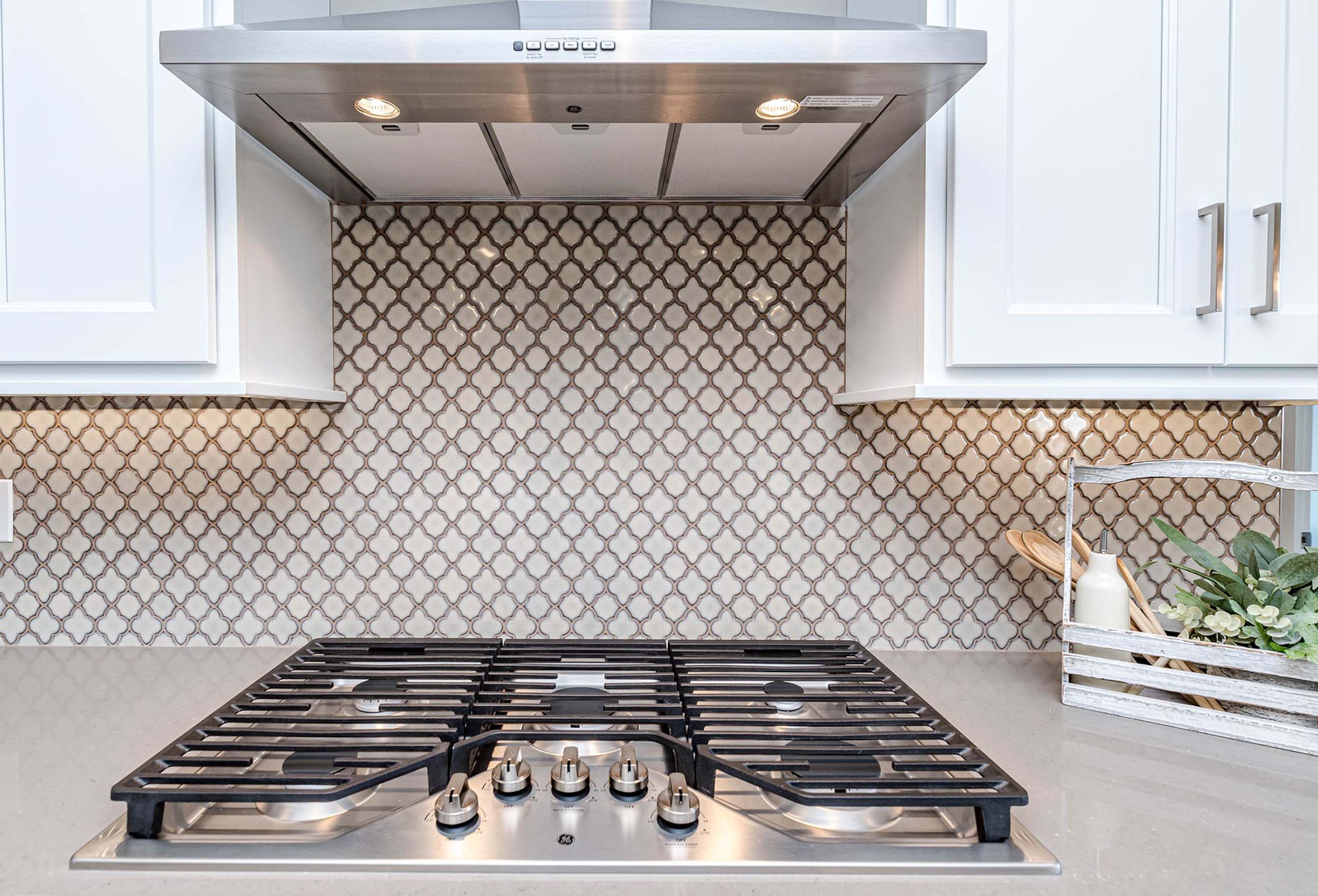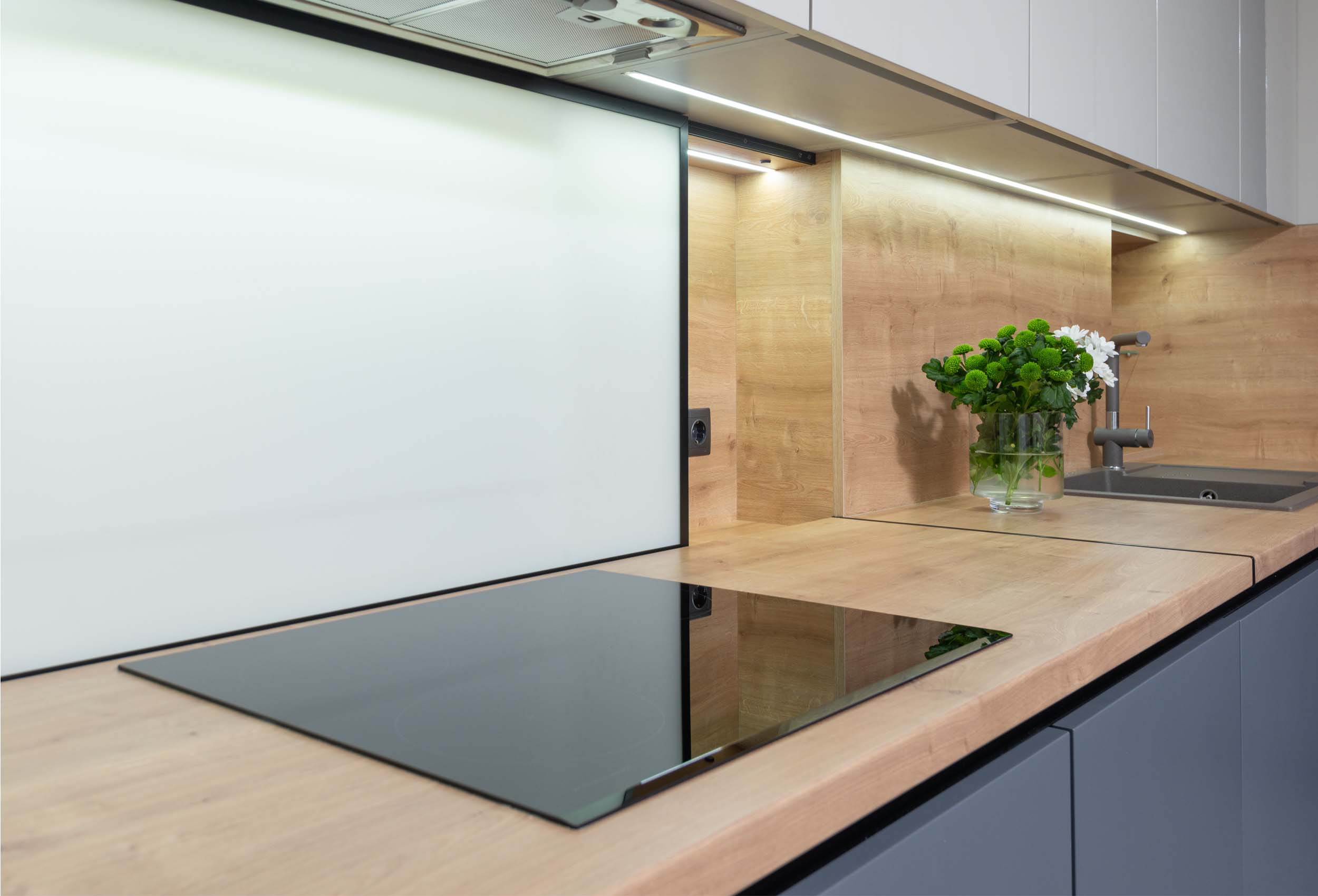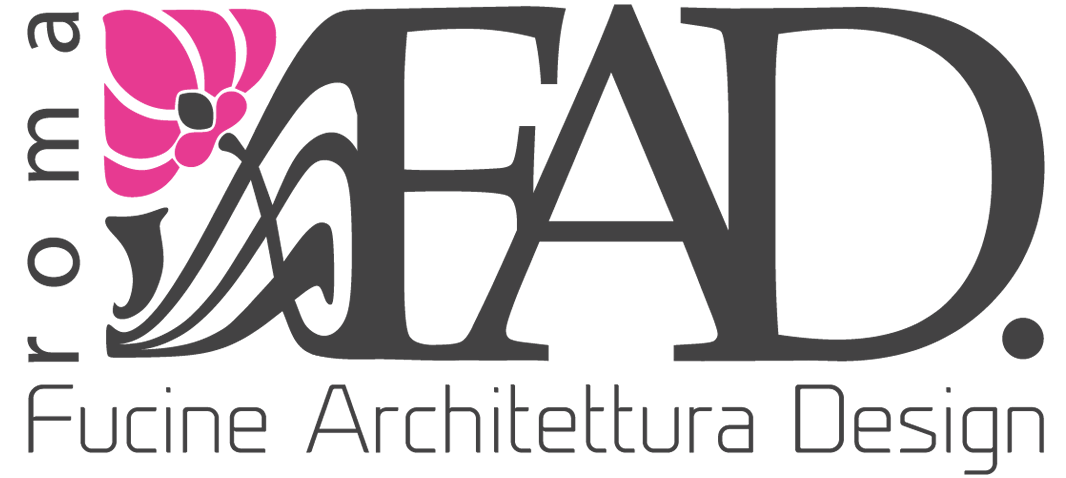Induction or gas hob, which is the most suitable for your home?
Between aesthetics, functionality and above all energy savings
Nowadays, to figure out which is the perfect hob for your kitchen is something to be assessed with the utmost care. In the latest months, everybody surely wondered how to save and reduce gas consumption. Let’s compare an induction hob with a gas one, which is the best one in terms of energy savings and quality of food?
This is why we would like to illustrate the differences between them and the pros and cons of each one.
At present, the traditional gas hob is still the most widespread and used one. It may be made of stainless steel, glass ceramics, even crystal and it is equipped with a different number of burners, powered by natural gas or LPG
On the other hand, the induction hob has become more common in recent years, mainly due to its technological innovation. The functioning of the induction hob is not based on gas but on electricity; in fact, it is equipped with a copper coils system located under the glass ceramics top, the only suitable material for this type of hobs. The operation of the induction hob takes place by conduction. Once the ferrous bottom of the pot is placed on the hob, the coils are activated and create an electromagnetic field which creates the heat necessary for cooking.

This does not mean that gas hobs are outdated household appliances, as the technology has made progress in leaps and bounds for those hobs too and today they are safer and more efficient. Some models are equipped with state-of-the-art systems that allow the flame to be adjusted with the utmost precision by selecting the different pre-set power levels, while others are also equipped with a digital display to check the power of the burner in real time. The disadvantage is an increased heat dispersion with a consequent longer time for boiling, thus reducing its versatility (9 minutes with gas vs 4 minutes with induction).

Being a product of the latest generation, the induction hob has numerous advantages:
- Their elegant and minimal design is suitable for any type of kitchen
- There is not energy dispersion as it is produced only where needed, so they are faster and more versatile (for example, to boil water)
- The glass ceramics top is easy to clean
- Some are equipped with an integrated hood able to quickly eliminates fumes and too strong odours
However, they also have some disadvantages. For example, the cost of electricity might be higher than the cost of gas and only pots with a ferrous bottom can be used (and they are more expensive than normal pots).

Finally, what is better then? An induction hob or a gas hob?
Since they are two different energy sources whose cost changes according to the local markets and social / politic issues, such as the current Ukraine conflict, it is quite difficult to compare the consumptions of these two different hobs.
In general, induction hobs are more efficient and consume less energy than gas ones; in addition, there is also a saving on heat dispersion as the cooking time is reduced. According to the latest studies, the induction hobs save as much as 245 kilograms of CO2 compared to traditional hobs, resulting in a 25% reduction on the bills.
Anyway, the gas hob is still a great ally as it conveys that tradition and warm feeling, we are used to...without forgetting they are preferred by people who loves cooking!




